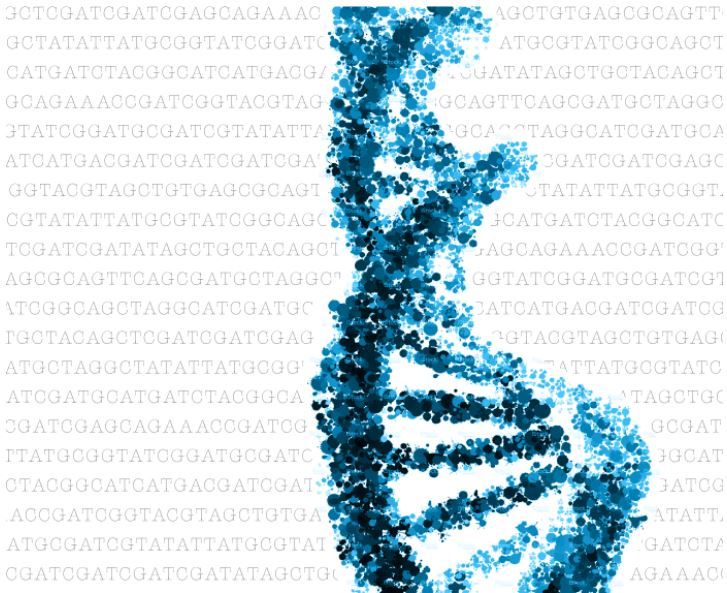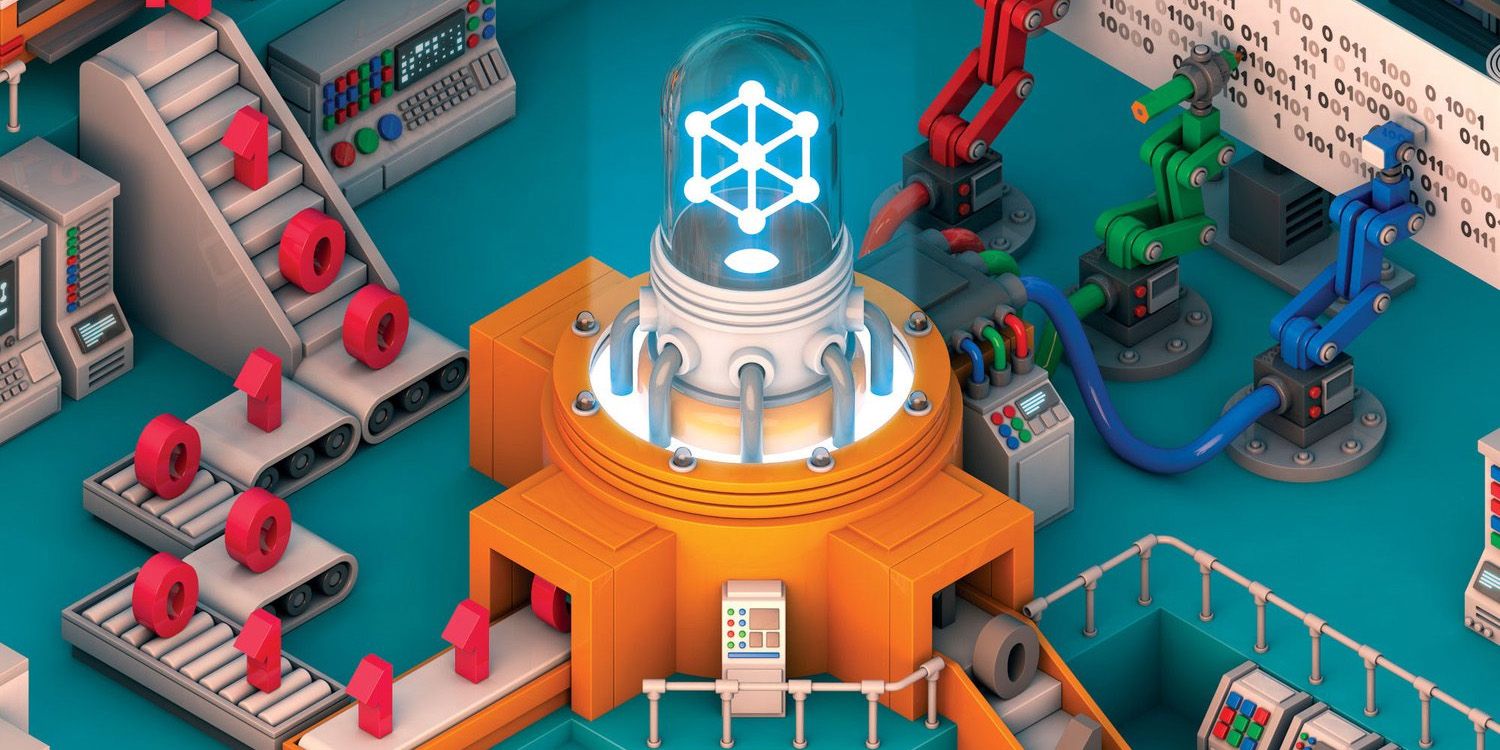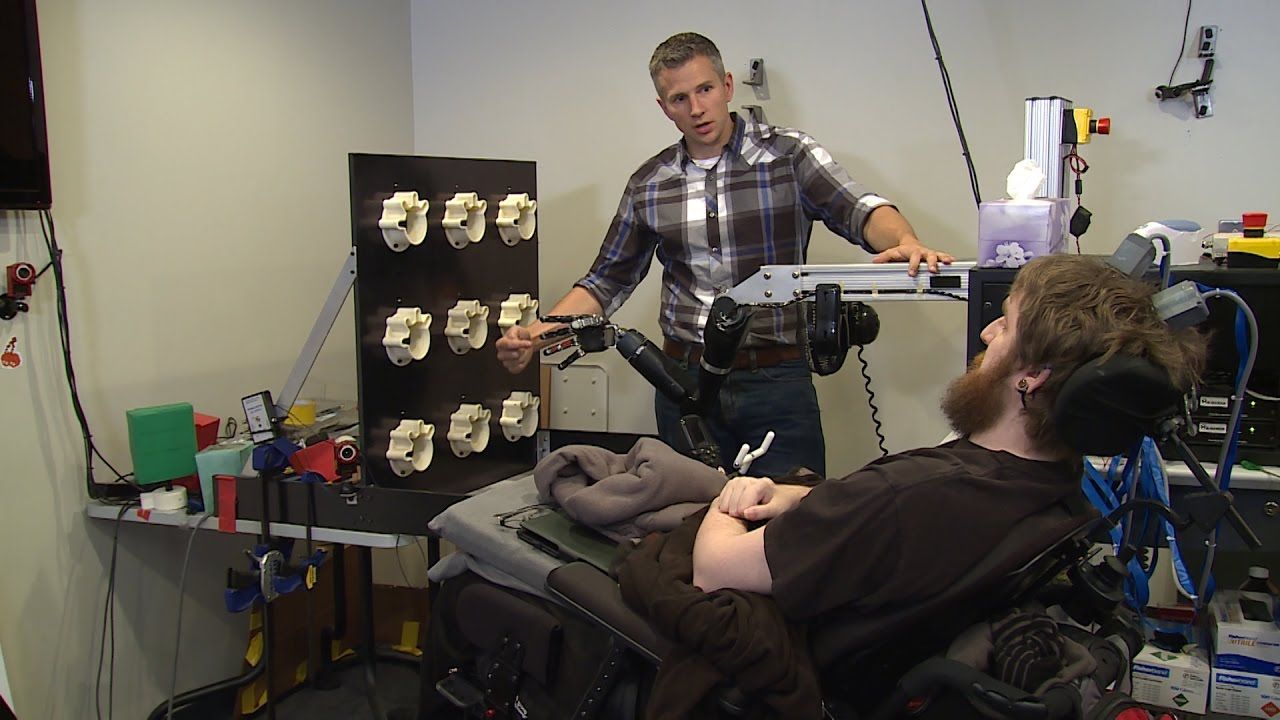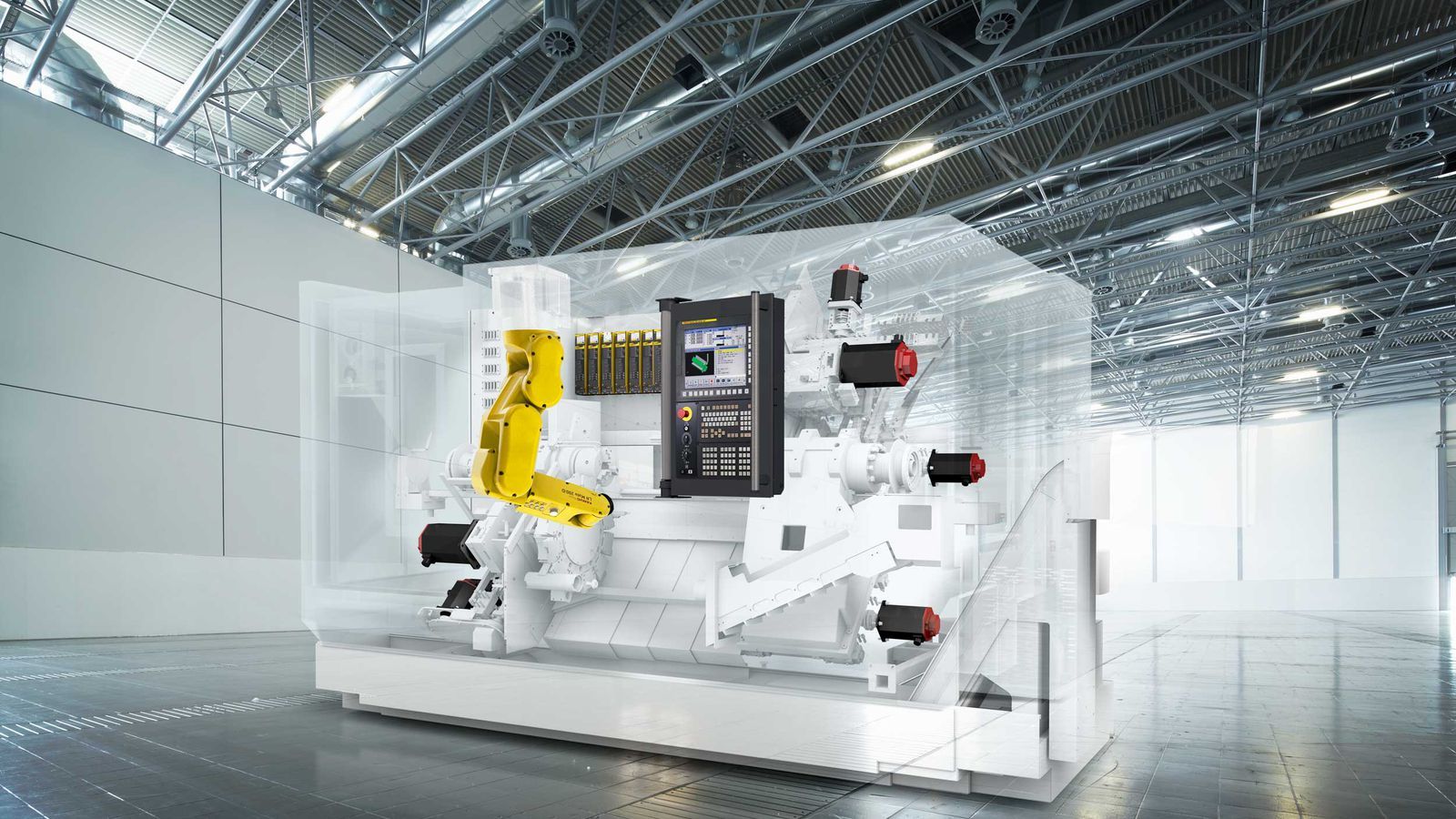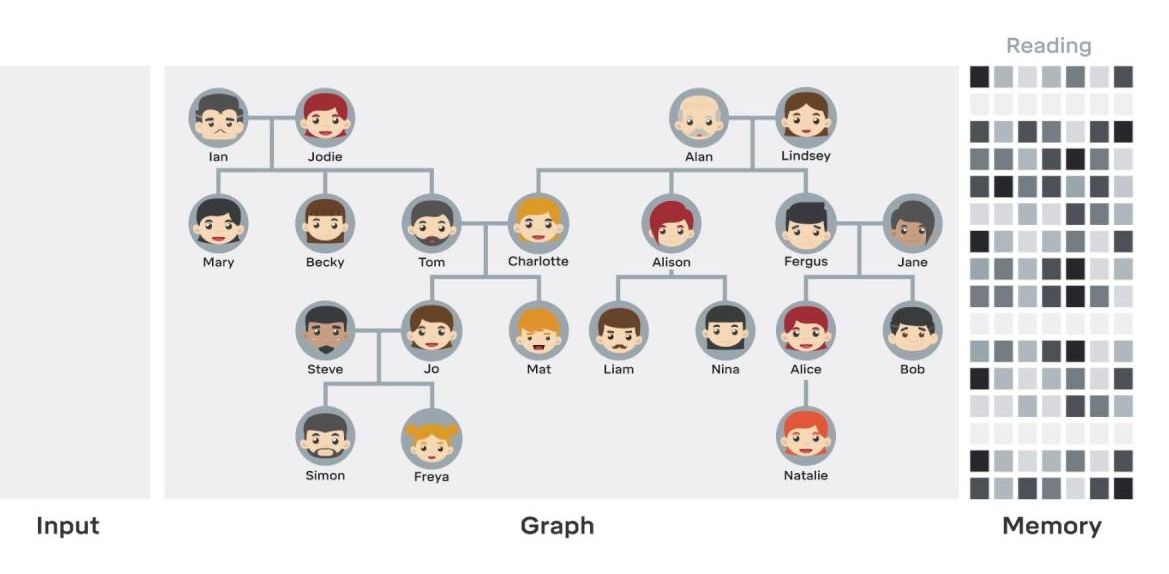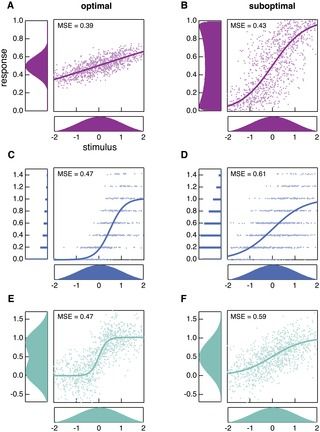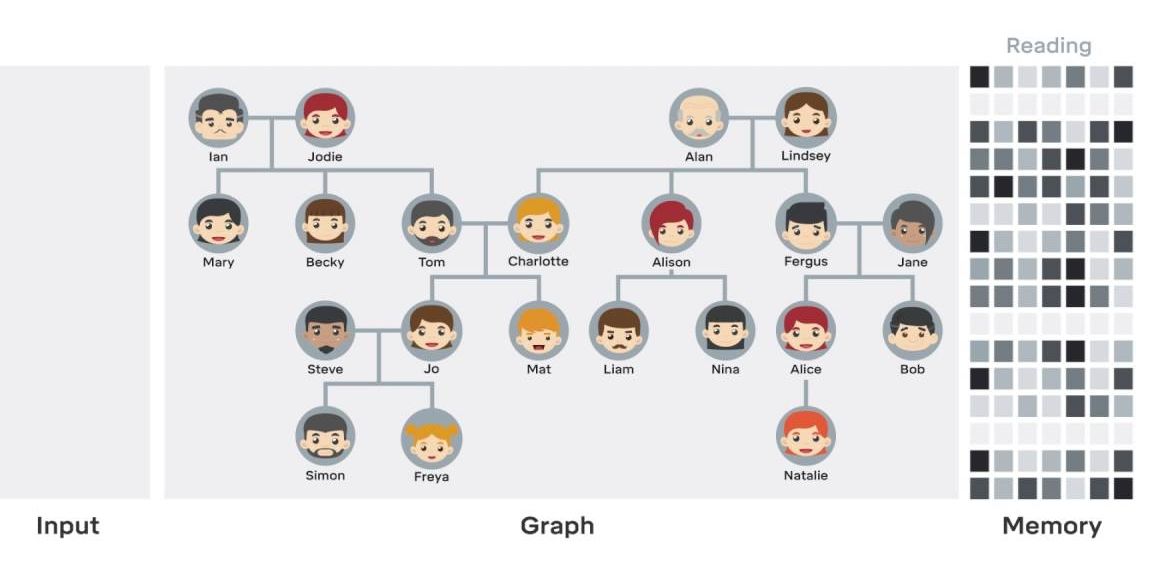When you read about what some startups are doing these days it seems like you’re reading a sci-fi book. Earlier this year we published an article titled “3 Companies Building Nanorobot Companies” and we talked about using software, robots, and synthetic biology to engineer synthetic organisms (essentially nanorobots) that can be used to create efficiencies. According to BCC Research, the global market for microbes and microbial products was projected to approach $154.7 billion in 2015 and almost double to $306 billion by 2020. Healthcare is largest consumer of microbes (61%) followed by energy (24%) and manufacturing (13%). The massive size of the microbe industry is just begging for a bit of disruptive technology to address it and that’s exactly what Zymergen is getting up to.
![]()
Founded in 2013, San Francisco startup Zymergen has taken in a total of $174 million from a whole slew of investors that include Draper Fisher Jurvetson and Softbank. Their most recent funding round of $130 million closed just last week and was led by Softbank, a publicly traded Japanese technology conglomerate. This should come as no surprise considering Softbank has recently announced their intention to become the world’s number one technology investor with up to $100 billion allocated to investing in future technology companies.
